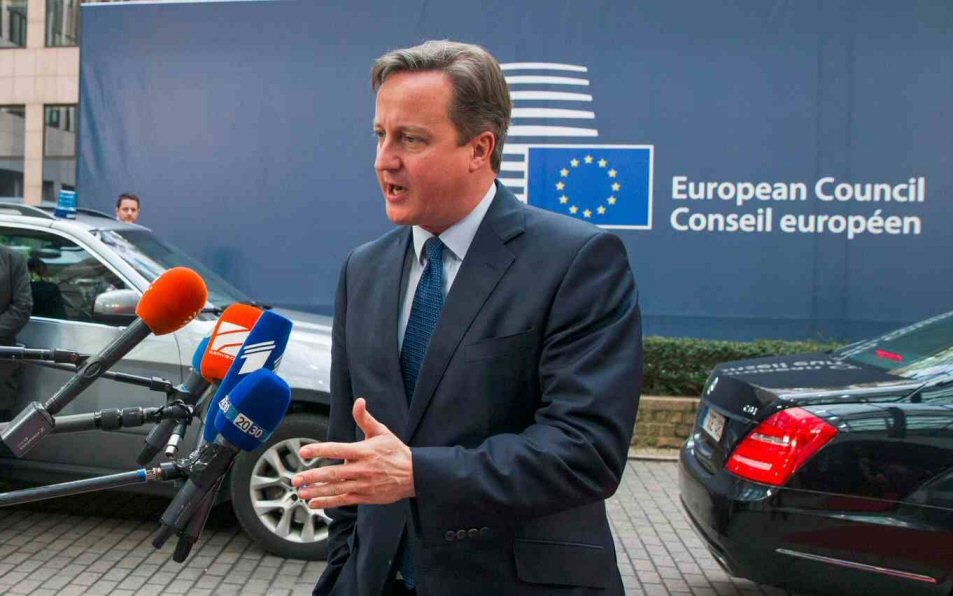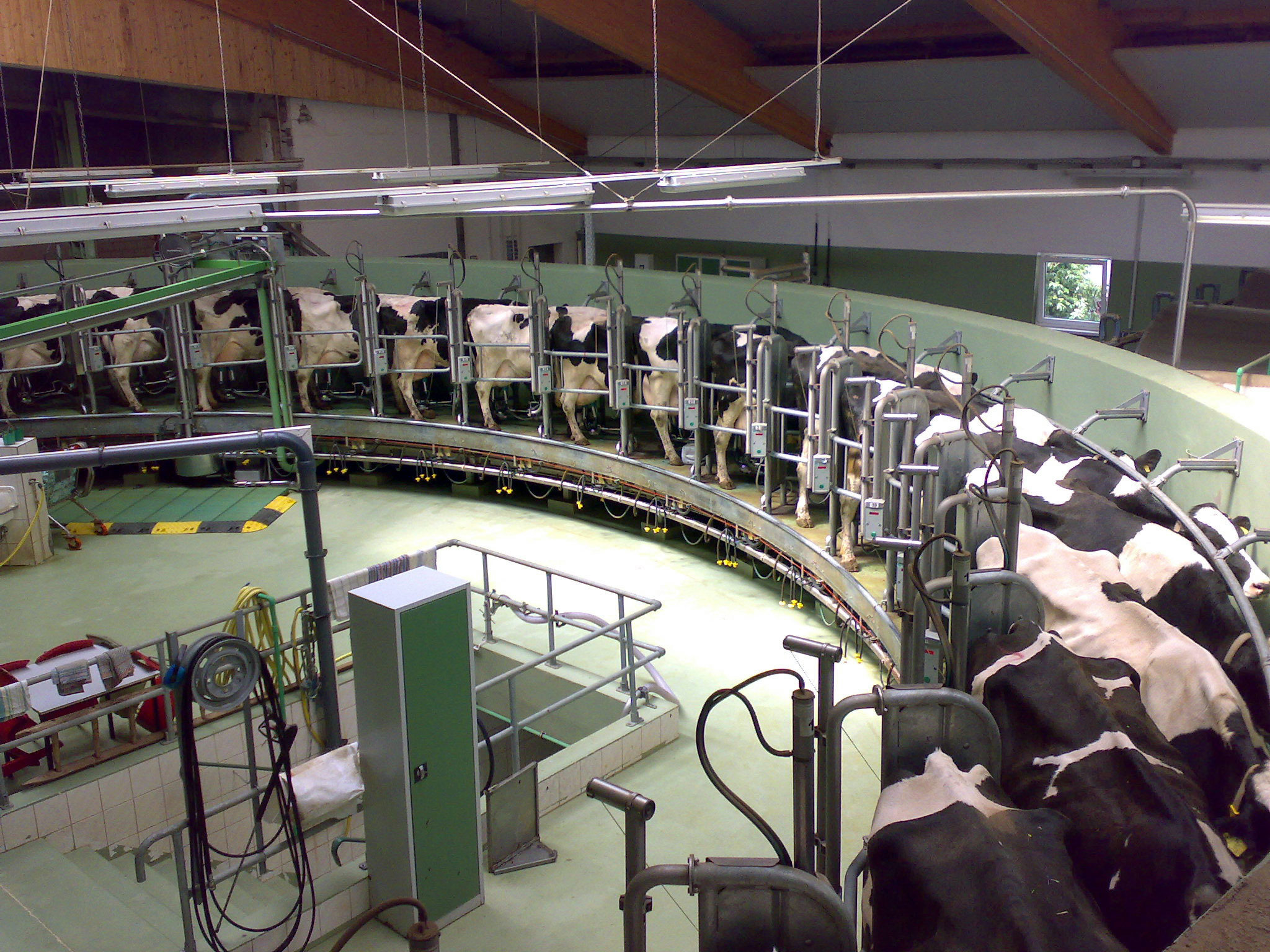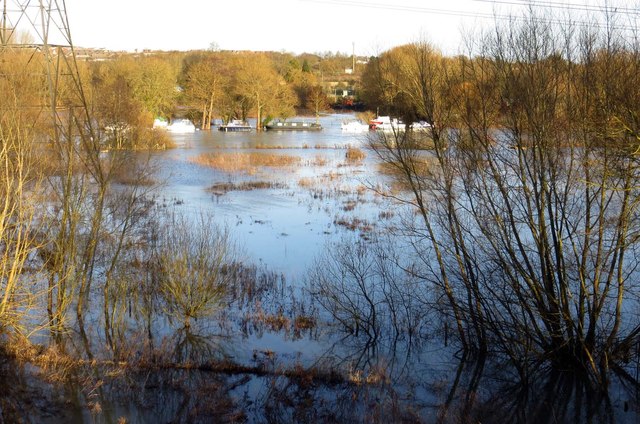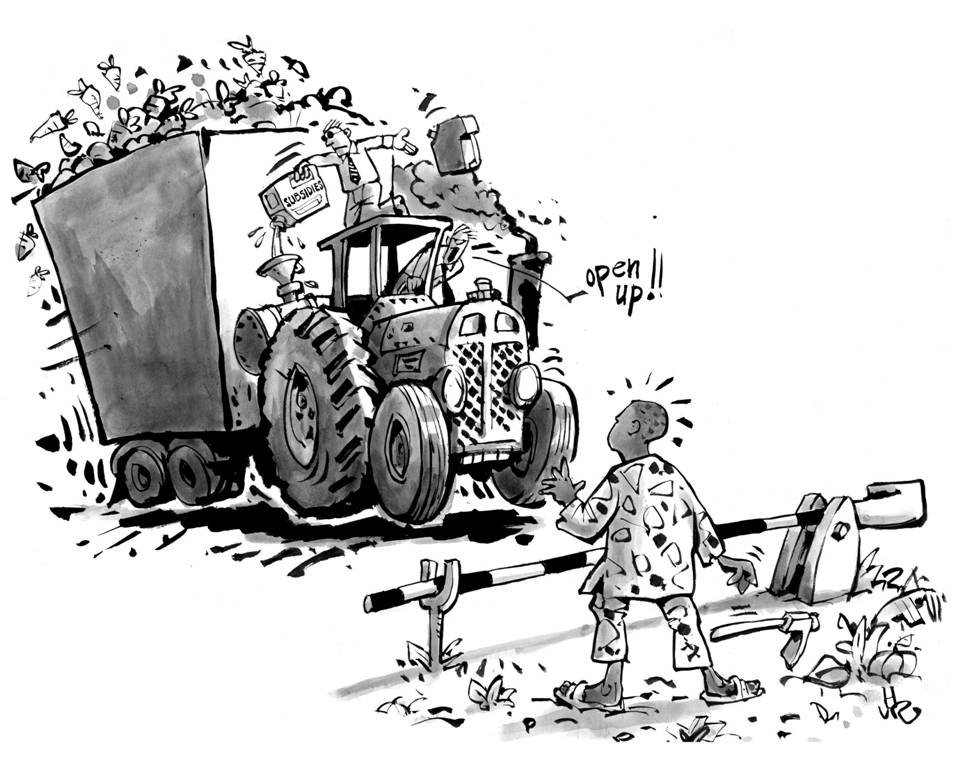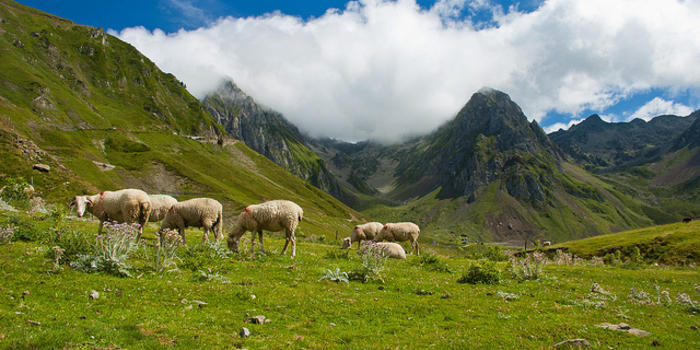I have previously written on the importance that the EU places on extending protection for its geographical indications (GIs) in its negotiations with the US on a Transatlantic Trade and Investment Partnership (TTIP) agreement. In that post, I looked at how the protection of GIs was addressed in a number of recent EU free trade agreements, notably those with South Korea (EUKOR) and with Canada (CETA).
GIs remain one of the tough nuts to crack in the TTIP negotiations, for reasons I outline in this presentation. In a recent update on the outlook for the TTIP talks from Bloomberg, its report included GIs along with certain agricultural tariffs and sensitivities on government procurement and financial services as among the endgame issues where a resolution would only be expected as part of the political trade-offs at the end of the talks.… Read the rest


